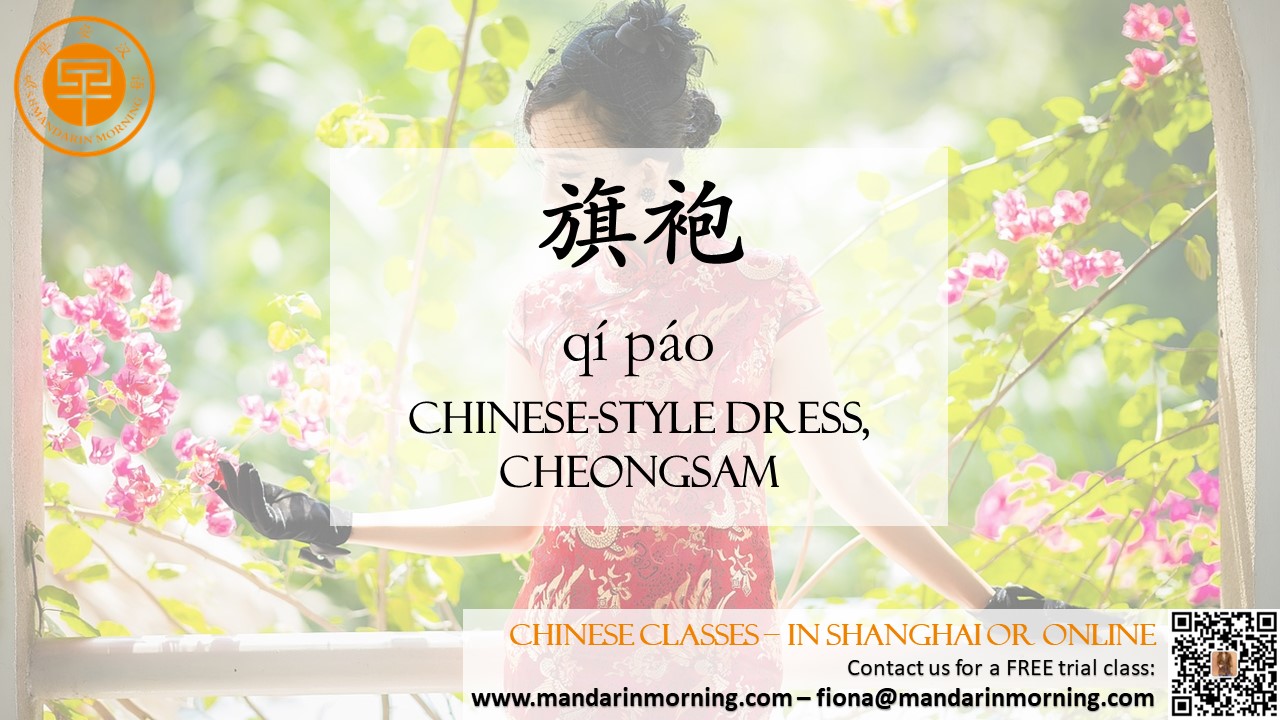【Learn Chinese】An Introduction to Traditional Chinese Clothing (Part 2) |
What comes to mind when you think of traditional Chinese clothing? In this article, we are going to explore the different styles of clothing that have existed throughout each of China’s major dynasties: Ming and Qing dynasty. Ming dynasty Throughout China’s dynastic history, there were periods where some parts or even all of imperial China were ruled by non‐Han peoples, mainly from Manchuria or Mongolia. The Ming dynasty (1368-1644 CE) was a Han ethnic majority regime that immediately followed the Mongol-led Yuan dynasty. The start of the Ming dynasty represented a restoration of Han control, so one major aim of the Ming ruling class was to promote Han culture and enhance the Han people’s sense of identity within the new regime. Therefore, clothing styles closely resembled that which were seen in the Han dynasty, albeit with a twist – removing the influence of foreigners and ethnic minorities. Men’s fashion revolved around square collars and patterns which were used to distinguish between social class and rank. Such patterns or “markings” consisted mainly of embroidered designs featuring animals, plants, and geometric patterns. Men typically wore their hair in a bun and officials wore a futou (襆头 fútóu), which was a black hat with two wing-like flaps made of thin, oval shaped boards on each side. Women’s clothing became more modest during the Ming. Most women wore a midi length upper garment over a floor-length skirt. This ensemble helped create the illusion of an elongated silhouette. Another type of style was the (袄裙 ǎoqún), a pleated skirt paired with a cross-collar cotton top that extended down below the waist. Light and pastel colors were extremely popular. Embroidered capes also became part of the ensemble for both men and women’s clothing. Usually, these capes had a straight collar with open sleeves. Qing dynasty In the 17th century, the nomadic Manchu people overthrew China’s Ming dynasty and established in its place the Qing dynasty (1636-1912 CE). The Qing dynasty clothing system was extremely complicated and came with a lot of different rules and regulations. During this dynasty, a robe easily revealed the wearer’s rank. The dynasty’s color was yellow, and this auspicious color was reserved only for the royal family. Qing dynasty fashion was largely influenced by the cavalry clothing of the Manchu horsemen. Men typically wore a tangzhuang (唐裝 tángzhuāng), a kind of jacket with a straight collar inspired by the original three-quarter-length riding jackets of the Manchu horsemen. This was usually paired with an ankle-length wrap skirt. Manchu men also shaved the front part of their hair, leaving the rest in a braid that hung behind their heads (called a queue). Initially, the Qing dynasty was extremely draconian when it came to clothing rules, and many Han Chinese were forced to either adopt the Manchu male hairstyle and clothing or face the death penalty. However, this later became a rule applicable only for those who served as officials or scholars, and not ordinary people. Manchu women traditionally grew their hair long in preparation for marriage, and married women had a wide variety of hairstyles to choose from – the most common one being the Liangbatou (两把头 liǎngbǎtóu), which was the hairstyle adopted by Empress Dowager Cixi. This style consisted of a tall headdress that had two handfuls of hair parted to each side of the head and decorated with flowers and ornaments. Unlike the men, Han women were allowed to wear the Han-style clothing from the Ming dynasty and did not need to wear the traditional Manchu hairstyle for women. The everyday clothing style for women from wealthier families consisted of a side or front-fastening robe with a wrap-around pleated apron skirt. When most people think of traditional Chinese clothing for women, they usually think of the qipao (旗袍 qípáo), also known as the cheongsam. The qipao has its origins in the Qing dynasty and was the dress of the Manchu women. However, the qipao didn’t really become popular in Hong Kong and Shanghai until the 1920’s, after the fall of the Qing dynasty. |